One of the most popular cuisine in Japan during the winter season is “O-Nabe”. This is a type of Japanese cuisine cooked and served in a large hot pot. The followings are a rough definition of this cuisine.
A cuisine in which the “ingredients” are boiled using one large pot
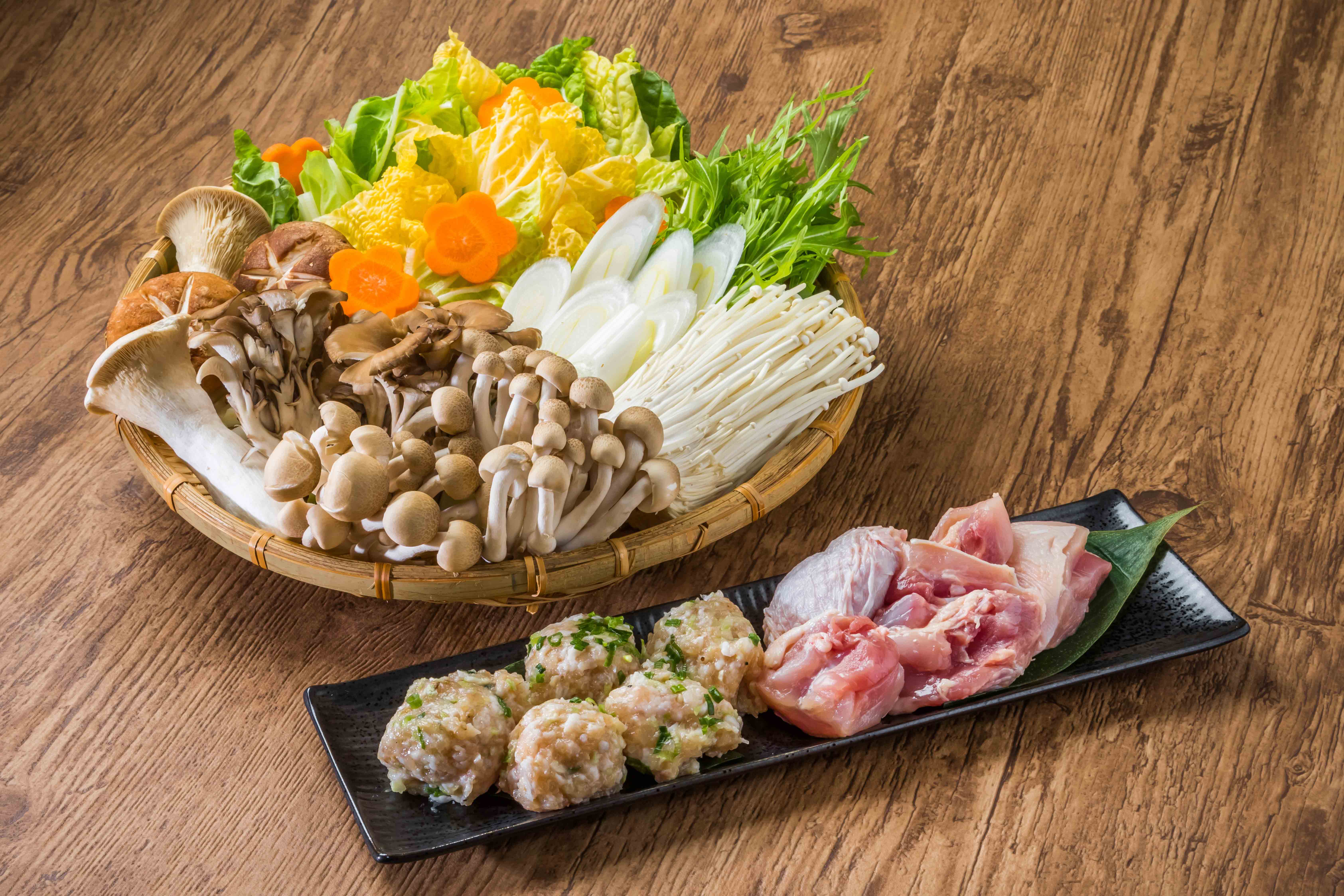
The pot used for cooking include “Do-Nabe” made of baked clay, “Steel-Nabe” made of metal, and others. Some pots have their own specific shape for certain “O-Nabe” cuisines. Incidentally, the cutting and processing of each ingredient into the appropriate size / thin / shape is called “prep”.
Eating “ingredients” in a large pot while boiling and cooking
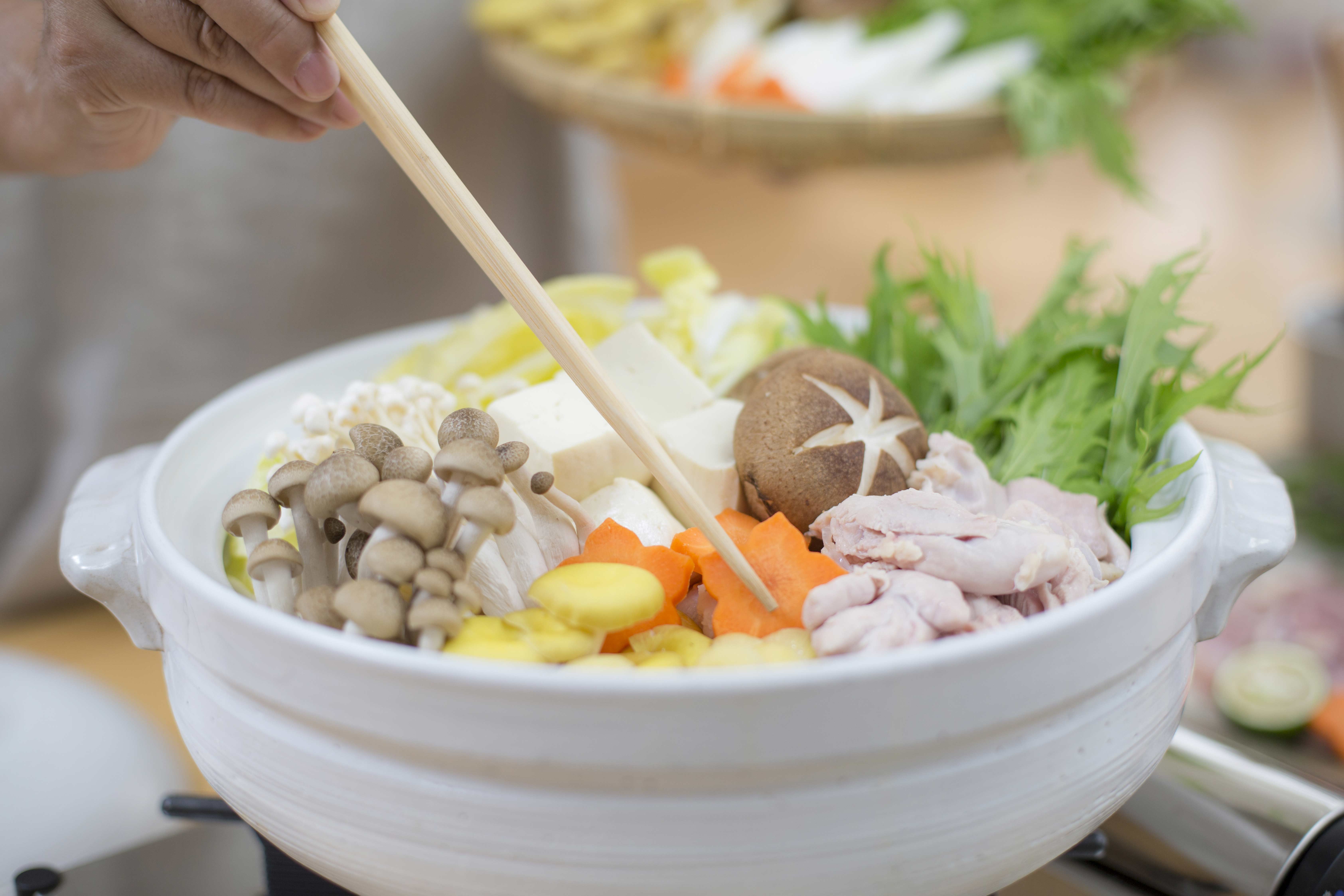
It is characterized by eating at the table while the eater himself cooking. On the other hand, it may be eaten while keeping the cooked food warm and heated.
Sharing one large pot with several people
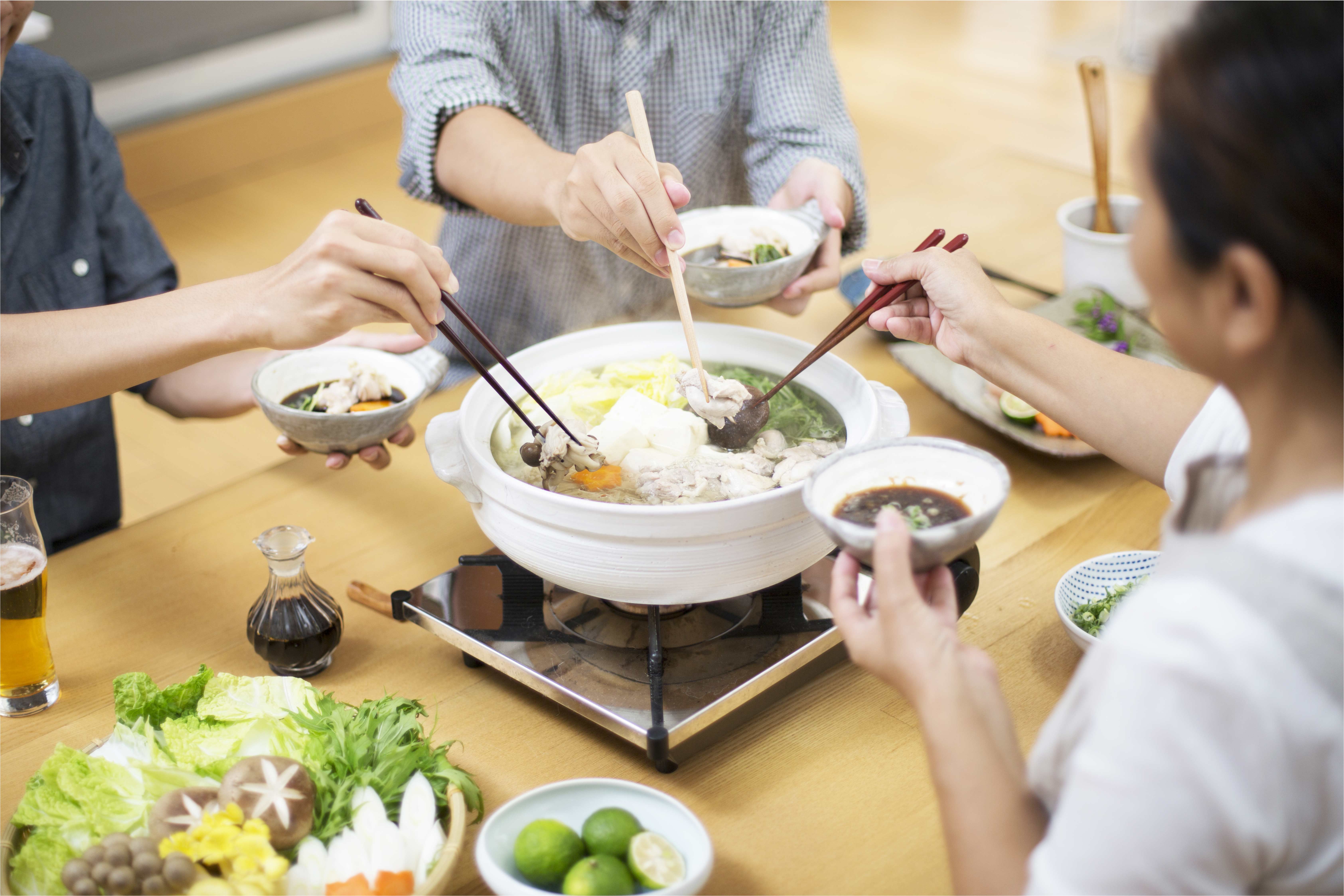
It is characterized by sharing one dish with others, not serving it to individuals in advance. Of course, there is also the type of “O-Nabe” that you can eat alone.
Each time, each one takes the ingredients from the large pot to the “Serving dish”
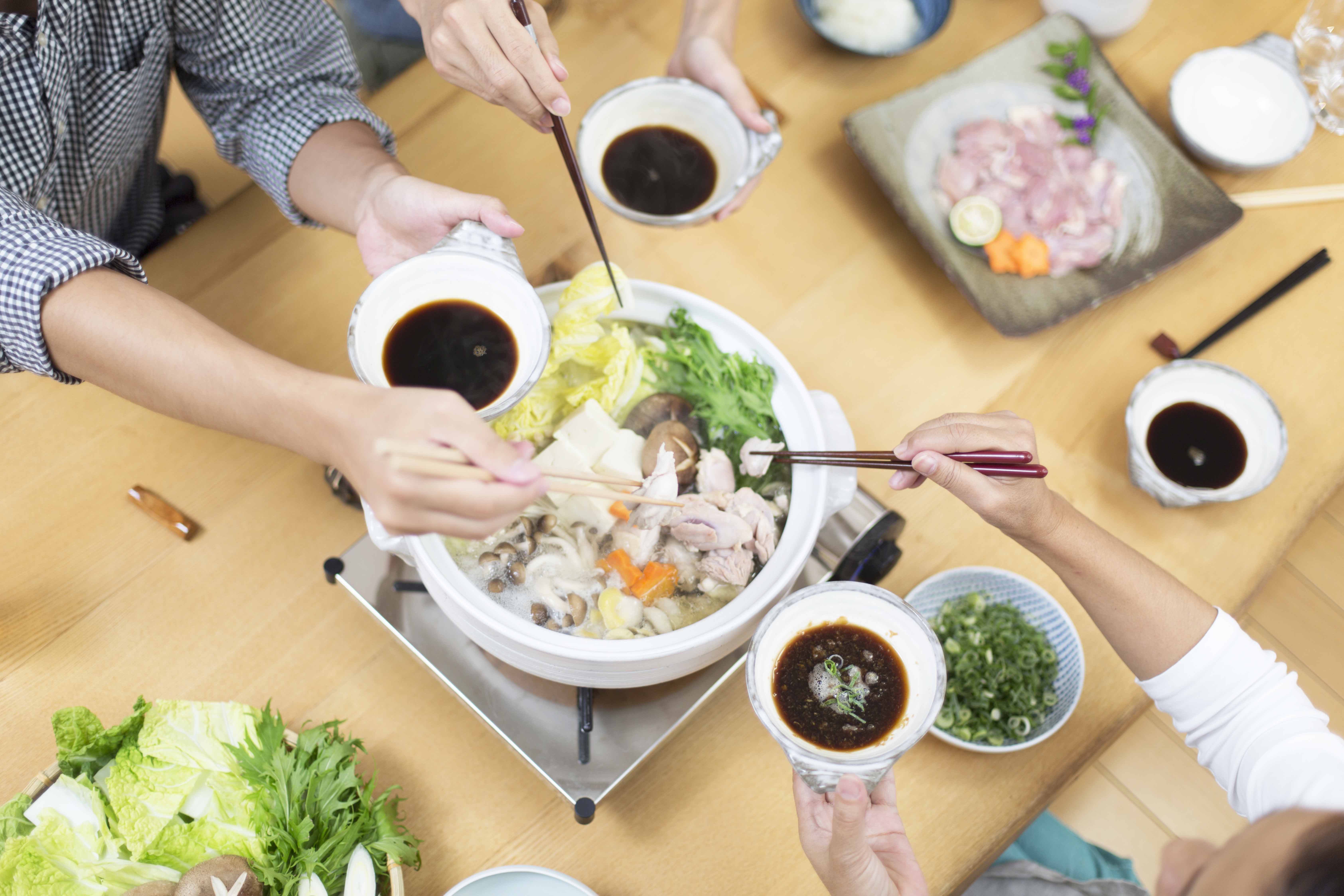
Eating directly from the pot is strictly prohibited. You should serve them on each “Serving dish (or small bowl)” using serving tools such as “chopsticks” and “lads”. Depending on the seasoning of the cuisine, You can add sauce (ponzu / special sauce, etc.) and condiments to your “Serving dish” and eat them.
Cooking and eating food while cooking, just like this “O-Nabe”, has been around for quite some time. In the past, Japanese houses were almost always equipped with an “Irori (Japanese Hearth)” separate from the cooking stove (it’s called “Kamado”) at the kitchen. People in those days ate around this “Irori”. “O-Nabe” is thought to have been a very suitable cooking way for such a lifestyle of theirs. So it was a very common and ingrained daily cooking culture. However, after the Meiji Restoration, housing modernization proceeded rapidly in Japan, and the houses with “Irori” disappeared. Furthermore, after World War II, Japan’s living environment had become even more Westernized. This was the same true for food culture. The way of serving meals at the average home table also became more and more geared toward the individual unit. As a result, what was once an everyday cuisine, “O-Nabe” has become a cuisine with a bit of a specialization. Depending on the ingredients used, it has become a very expensive cuisine! However, at the same time, it has become one of very popular cuisines due to the simplicity of the cooking way and the variety of dishes. Furthermore, the popularity of “home stove” used in “O-Nabe” is now available on the market and has remained unchanged.

The basic form of Japanese “O-Nabe” is called “Yose-Nabe”. It is one pot cuisine in which various ingredients are boiled in a broth and then dipped in ponzu or other sauce. Different combinations of ingredients and the addition of other seasonings such as miso and soy sauce to the broth add even more variation… Well, the variety is outrageous, coupled with the tolerance for foreign food culture! Take a look at the product section of “O-Nabe” in some supermarkets. You’ll be able to sigh, “Oh…” We can say that the number of soups in the world or combinations of ingredients from which delicious “dashi” can be obtained, will be the number of cuisines called “○○-Nabe”. So, you will almost certainly find your own favorite “O-Nabe”.
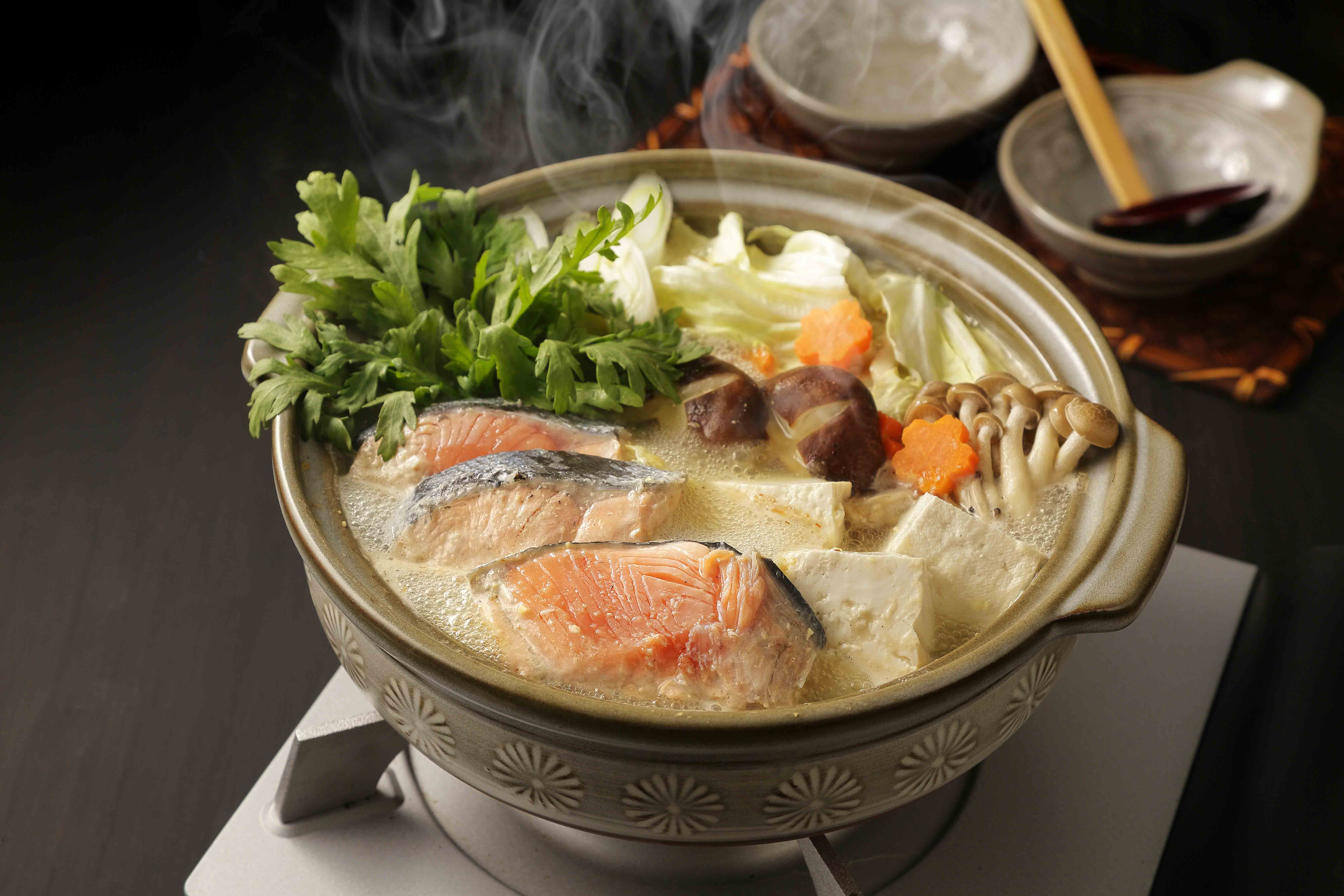 Well, we’ll take a look at some of the most common “O-Nabe” cuisines. “Yose-Nabe”, “Oden”, “Shabu-shabu”, “Sukiyaki”, “Yu-Dofu”, “Chanko-Nabe”, “Mizu-Taki”, “Chiri-Nabe”, “Motsu-Nabe”, “Ishikari-Nabe”, “Kiritanpo-Nabe”, “Anko-Nabe”… These are only a few of them. Sorry, We’ll leave out the details of each one for a moment, okay? Each of these “O-Nabe” cuisines has further variations… Some of these are famous as local cuisine. One of the charms of “O-Nabe” is that each region has its own food culture.
Well, we’ll take a look at some of the most common “O-Nabe” cuisines. “Yose-Nabe”, “Oden”, “Shabu-shabu”, “Sukiyaki”, “Yu-Dofu”, “Chanko-Nabe”, “Mizu-Taki”, “Chiri-Nabe”, “Motsu-Nabe”, “Ishikari-Nabe”, “Kiritanpo-Nabe”, “Anko-Nabe”… These are only a few of them. Sorry, We’ll leave out the details of each one for a moment, okay? Each of these “O-Nabe” cuisines has further variations… Some of these are famous as local cuisine. One of the charms of “O-Nabe” is that each region has its own food culture.
One more thing at the end, right? “O-Nabe” cuisine has one another way to enjoy. It’s called “〆 (Shime)” in Japanese, it means “Closing”. The soup left over after eating the ingredients is a very tasty condensed broth, as the various ingredients are boiled down. So at the end, we add rice or noodles to the soup and eat it. “O-Nabe” cuisine is all about eating this “〆 (Shime)”, some people even say that. Doesn’t it sound so delicious?



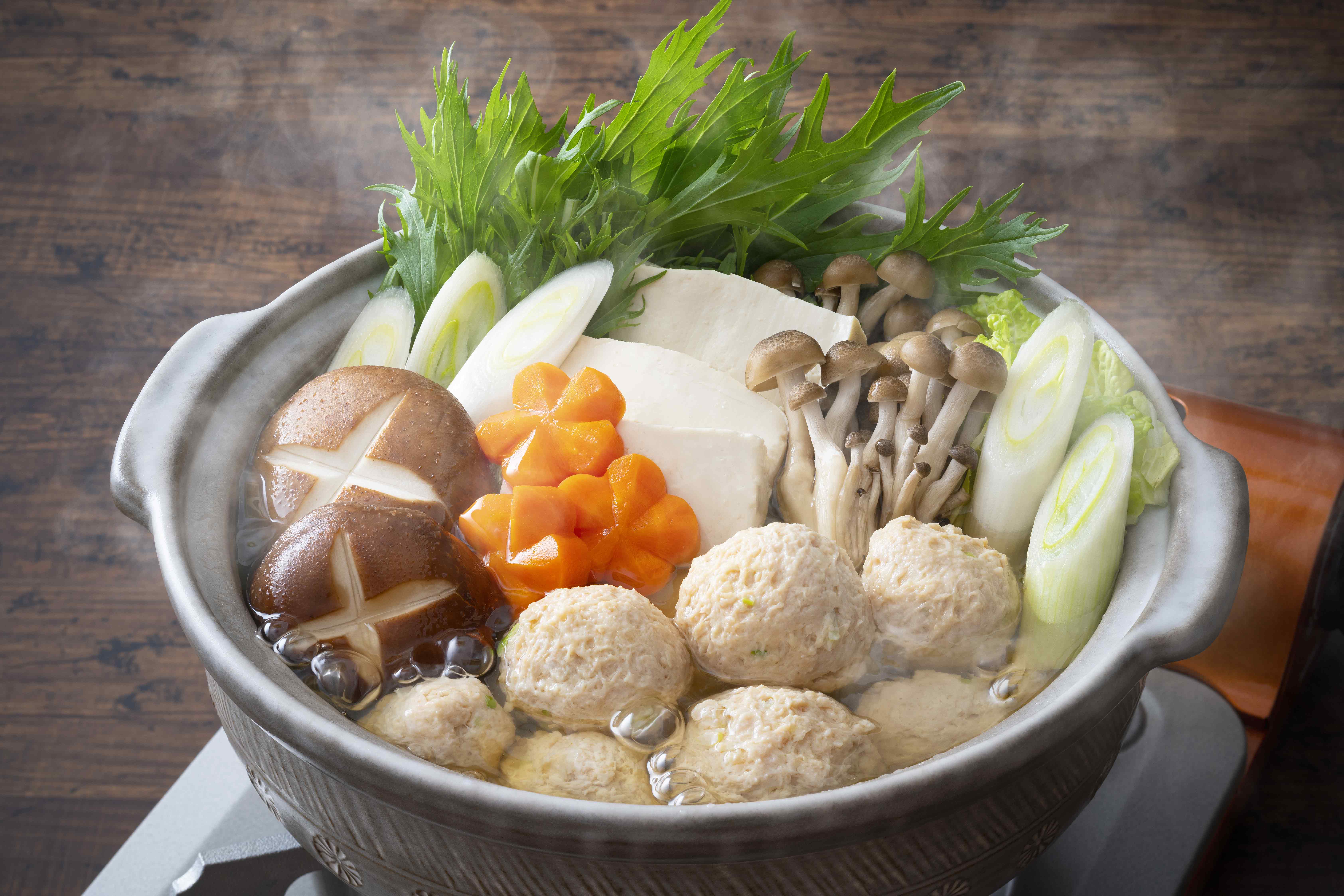
_op.png)
_001.png)
_002.png)
_003.png)
_004.png)
_005.png)
_006.png)
_007.png)
_008.png)
